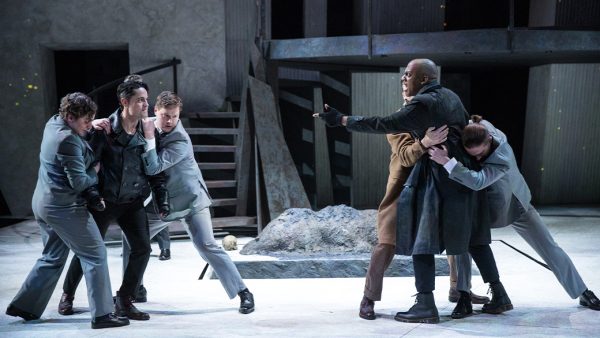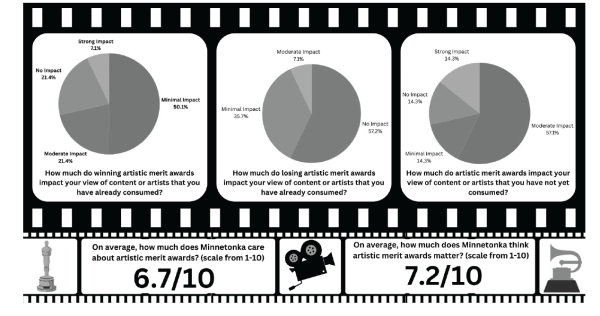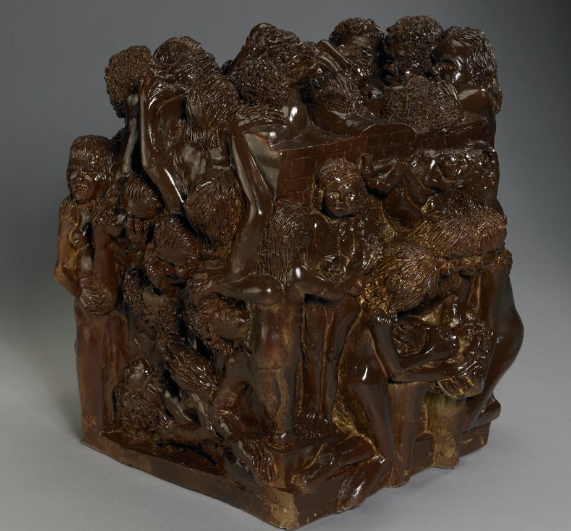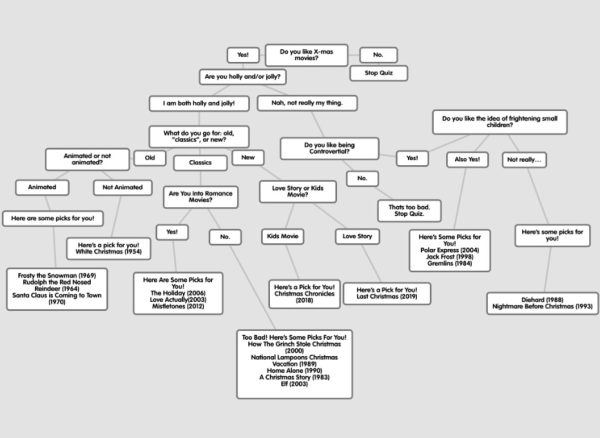From Handel Hymns To Mariah Carey: The Evolution Of Christmas Music
December 3, 2021
It’s that time of year again: December. The holiday season, a time known for both its emphasis on cheer and for the crazed rushes of parents racing to buy the year’s hottest new toys for their kids before Christmas. Storefronts are lined with color, gifts, lights and decorations, tempting gift buyers. Commercials and catalogs advertise the season’s best gifts for everyone special. It’s a time when families and friends reunite, spend time together and prepare for the new year.
Most notably, it is a season characterized by the nonstop holiday music played everywhere, starting even before the Thanksgiving plates are cleared. From twentieth century classics like Judy Garland’s “Have Yourself A Merry Little Christmas” and Nat King Cole’s “The Christmas Song,” to more recent hits like Mariah Carey’s iconic “All I Want For Christmas Is You,” the holidays would not be the same without the music. But, exactly how far back do Christmas songs date and how has holiday music changed with time?
The earliest record of Christmas music dates back to the Middle Ages with songs inspired by Christian Bible verses, such as the still-popular hymns “What Child Is This?” and “O Come, O Come Emmanuel”. In the 1700s, German composer George Frederic Handel published a collection of now-classic carols including “Joy To The World,” “O Come All Ye Faithful,” “Angels We Have Heard On High,” and more, sparking a renewed interest in Christmas music.
However, prior to 1840, when German Prince Albert married Queen Victoria of England, many Christmas celebrations were condemned as pagan and limited by certain groups or religious movements, such as the Puritanism and Protestant Reformation. It was only after Albert and Victoria’s marriage, when German traditions of Yuletide were mixed with English celebrations of Christmas, that the holiday was re-invented to include evergreen trees, Christmas cards, caroling and gift exchanges. Music, unsurprisingly, changed too.
Along with church classics like “O Holy Night” (1855) and “Silent Night” (1863), non-religious tunes like “Jingle Bells” (1857) were also popularized during this period. Ironically, “Jingle Bells” was actually written for Thanksgiving but grew to be associated with Christmas time instead.
The twentieth century brought a new wave of music in America, especially during the Great Depression when spirits needed significant lifting. It was through new technology like the radio that music spread during the 1930s, including such iconic songs like “Santa Claus Is Coming To Town” and “Winter Wonderland.” In 1938, Bob May wrote Rudolph the Red-Nosed Reindeer for his daughter, and, by 1949, the book was adapted into the holiday song that generations of kids adore.
World War II increased the public longing for better times and comfort, which resulted in the rise in popularity of Bing Crosby, Majorie Reynolds and more in the movie Holiday Inn. The film featured nostalgic tunes like “I’ll Be Home For Christmas” and Crosby’s “White Christmas”. The film and songs were major hits, popular with both soldiers and their families at home. In 1944, Meet Me in St. Louis aired, starring Judy Garland singing “Have Yourself A Merry Little Christmas”–the movie and song remain popular with audiences today. The 40s also produced immensely popular songs like Nat King Cole and the King Cole Trio’s 1946 hit “The Christmas Song” (“Chestnuts Roasting on an Open Fire”) and “Baby It’s Cold Outside,” the latter debuting in the summer-release movie Neptune’s Daughter in 1949.
In 1957, Elvis Presley’s release of a rock & roll Christmas album redefined what a Christmas song could be, and John Lennon and Yoko Ono’s “Happy Xmas (War is Over)” (1971) conveyed their anti-Vietnam War message on a huge scale. By this time, it was hard to fit what was once defined as a Christmas song into one box as the genre now included a wider variety of songs.
This was true in the 80s and 90s as well, as pop and pop-rock Christmas songs gained massive popularity. From “Jingle Bell Rock” (1985) and Wham!’s “Last Christmas” (1984), to N*Sync’s “Merry Christmas, Happy Holidays” (1998) and Mariah Carey’s Merry Christmas album (1994), these newer songs were enjoyed by people of all ages and remain top-earners today. Even Ariana Grande could not resist dropping a Christmas album — in December 2020, her 2014 song “Santa Tell Me” re-entered the UK Singles Chart for the fifth year in a row.
For many high school students who celebrate Christmas, a mix of modern pop songs like these and classics from their parents’ generation are the ones they know best. With the rise of social media and streaming services like Spotify and Pandora, however, people can listen to holiday music in the form of covers or originals from many time periods. On Spotify, one can easily have in the same playlist “Holiday” by Lil Nas X, a Christmas cover by their favorite YouTuber, “The Little Drummer Boy” by Bing Crosby and an instrumental cover of “Carol of the Bells”.
Sarah Johnsen, ‘23, admits that while she isn’t incredibly well-versed in Christmas music, she knows many of the songs from her parents’ generation because they were played more often during the holidays.
“I can definitely tell if a song is more recent because of the instruments and background,” she said, since many of the newer songs use beats or pads instead of traditional band or orchestra instruments.
“But”, Johnsen said, “TikTok has made it easier for smaller artists to get popular more randomly and share their music,” so this holiday season might include a new holiday hit from a relatively unknown artist.
“A lot of the songs and artists on the radio or that are big on Spotify and the radio now got big on TikTok,” she said, so popularity and success aren’t as limited to well-connected, already famous singers as they were prior to widely accessible streaming. It will certainly be exciting to see what new song will have everyone excited this season, but it is great to know that there are already plentiful classics spanning hundreds of years to choose from. No matter what one’s tastes are, with this much great music, there must be something that sits right with everyone looking to feel festive this December.































